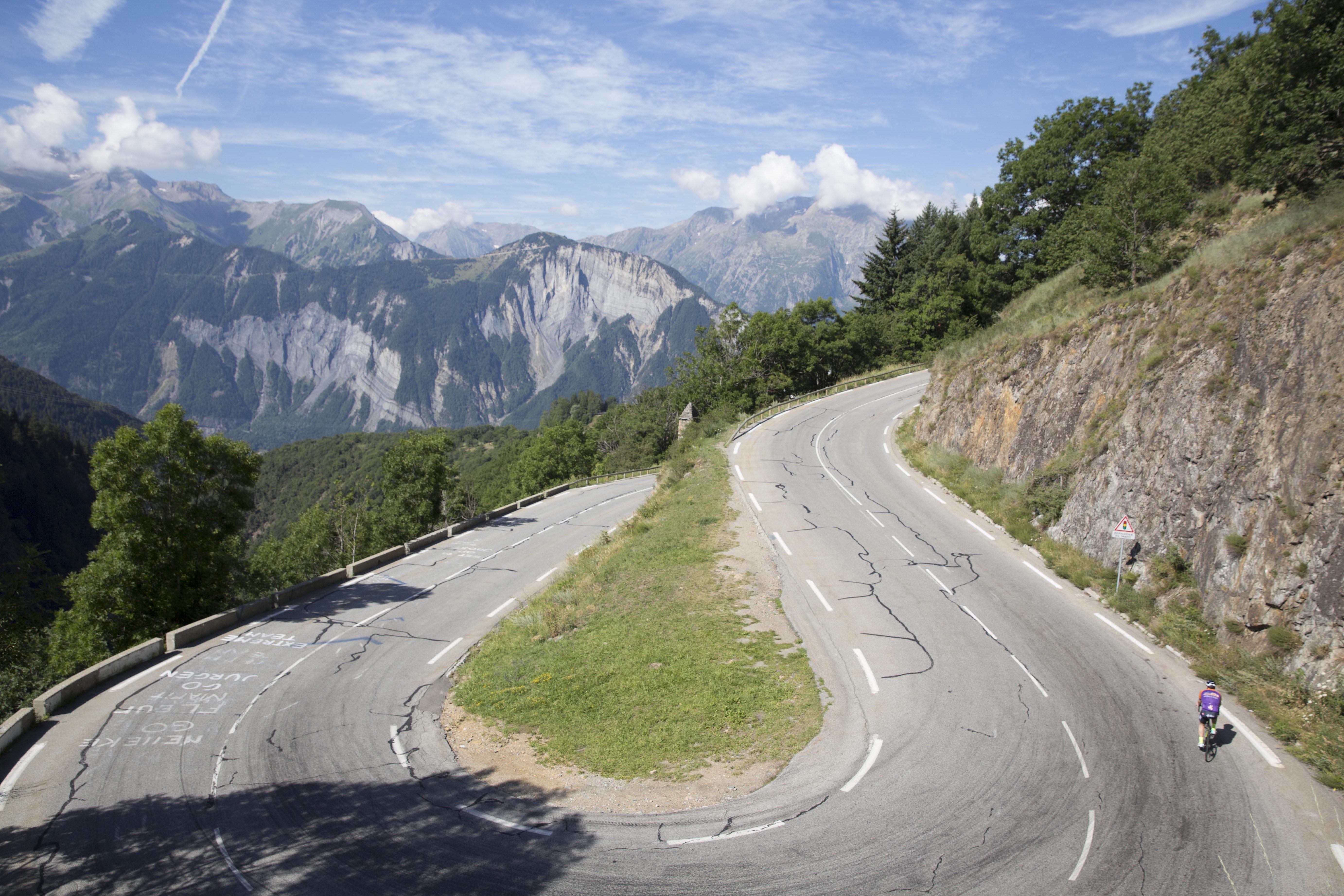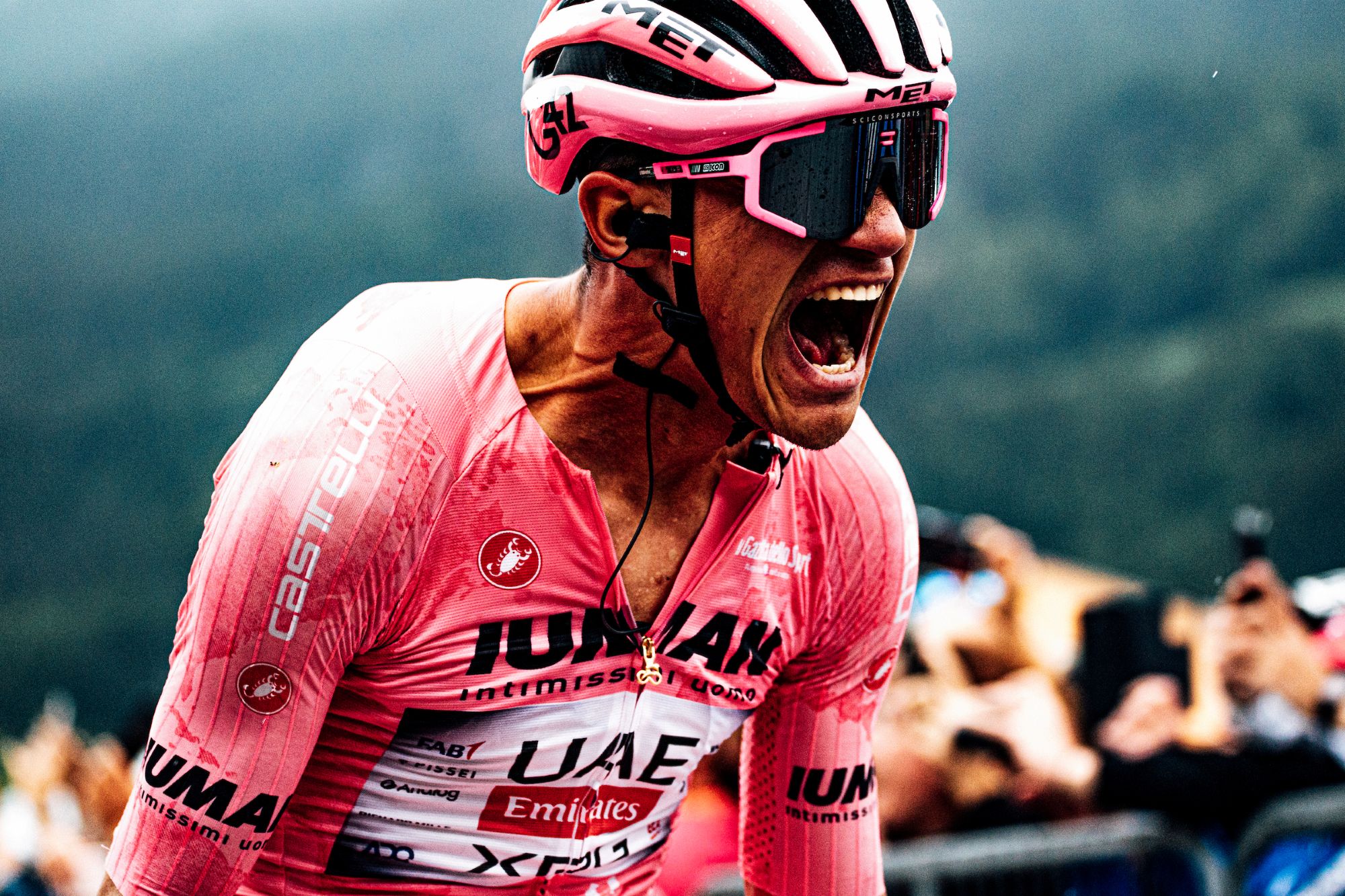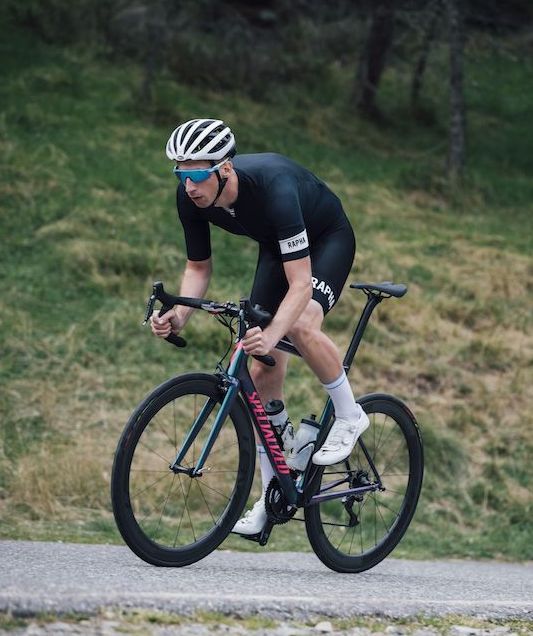How to climb that iconic mountain, the one you’ve dreamed of
For cyclists, there always seems to be one climb that has eluded them, and which figures highly in the imagination

Promotional feature with Bikecation
It might be one you have seen on TV - Pantani gliding up Alpe d’Huez, the Joux Plan defeating Armstrong, or Wiggins soaring to the top of Montee de Semnoz. It might be a climb you have read about, or even heard tall tales about over coffee on club rides. It might even be a climb that has defeated you before, leaving memories that make your hands stick to the bar tape.
These climbs fill our cycling dreams and inspire us to ride out, in what is often less than inspiring British weather. Using our site, you can conquer those demons, and fulfil those dreams.
Our site features over 55 climbs, from the Alps to the Sierra Nevada via the Pyrenees, the Dolomites, and even some lesser known cols in the Cantabrian mountains. We have compiled experts’ views, first-hand accounts and essential information, which will be particularly useful for first-time climbers. From our website, find your dream climb and begin to plan your ideal cycling holiday.
Our bucket list of climbs to conquer:

Stelvio
One of Italy’s greatest geographical landmarks; the famous 48 hairpin bends provide arguably the purest, most exhilarating high mountain playground accessible to European road cyclists. Magnifico!
Stelvio info
Ride the Stelvio from £485pp for 3 nights
Tourmalet
The highest major pass in the Pyrenees and the most used climb in the Tour de France: if the aura and the cycling heritage aren’t enough to lure you, the scenery is unbelievably beautiful and there plenty more cols to bag nearby.
Tourmalet info
Ride the Tourmalet from £290pp for 3 nights
Alpe d'Huez
Probably the most famous climb in cycling. The fabled 21 bends has been a part of the Tour de France culture since the climb first featured in 1952. It’s also in the heart of great road cycling terrain.
Alpe d’Huez info
Ride the Alpe from £345pp for 3 nights
Pico de Velet
Towering above the Sierra Nevada national park, at 3395m above sea level, Pico de Veleta is mainland Europe’s highest road climb: a monster. From the top, you can see another continent; at the bottom, the wonderful city of Granada.
Pico de Veleta info
Ride the Veleta from £185pp for 3 nights
Col du Galibier
The legendary Col du Galibier (2638 m), in the Dauphiné Alps near Grenoble, is renowned for being one of the toughest Alpine climbs. This extraordinary high mountain road has been in use since the middle of the 18th century, providing the backdrop to everything from salt smuggling to a Spanish invasion. It has broken a few cyclists too.
Col du Galibier info
Ride the Galibier from £345pp for 3 nights

We have compiled a few tips, to help you realise your climbing dreams:
Train hard
To enjoy your trip to the high mountains, apply yourself to training. Make sure you can do an hour to 90 minutes of hard, sustained effort in training, to imitate the climbs. If you haven’t got a serious mountain near home, ride smaller hills repeatedly.
Prepare your bike
Make sure your bike is ready. Get a bike shop to check it over if you are unsure: replace cables and brake pads, and fit the bike with climbing-friendly gearing. We recommend a compact crankset (50/34) and at least a 28t rear cassette. A 32t cassette will make it even easier. You can, of course, rent one of the very good hire bikes we have access to in most destinations.
Check the weather
Inevitably, mountains attract weather. Be aware that it can change suddenly. Get a good weather app on your phone; study the meteorological data to get a sense of what to expect; and when you get there, ask in your hotel about local conditions. If the weather gets really bad, don’t be afraid to change your route to avoid high passes.
Take all your riding gear
Pack most of your cycling wardrobe, so you can adapt it to the weather each day. Be creative: if you are heading out for a long, wet day in the mountains, perhaps pack a black bin liner and some cut-down washing up gloves. If you get really cold and wet, they will keep you warm.
Don't go riding without a jacket
The Bikecation office rule: below 1400m, take a windproof jacket as minimum; over 1400m, carry a waterproof jacket and long finger gloves.

In bad weather, don't stop at the top
If you have to wait for someone, ride down to a place where there is good shelter.
Drink lots
Carry two large water bottles with you; top them up at every opportunity when you are climbing. Be wary of cramp and heatstroke; consider taking electrolytes in your water.
Descend with caution
Descending from an Alpine col is a very different experience to whizzing down a hill in the Chilterns. Easy your way into big descents and remember, it’s not the Tour: the roads are not closed.
Spares and tools
Carry a pump, tubes, spare chain link, basic tools, food, some money (for cafes – we can tell you where the good ones are), some food and a phone (in a waterproof case).
Don't go overboard the night before
We understand you are on holiday and want to have a good time, but alcohol dehydrates the body dramatically.
Take lights
Inexpensive, blinking LED lights will do; cloud on high mountain passes, even in summer, can significantly reduce visibility, while plenty of climbs have tunnels. In some European countries, bike lights are mandatory in tunnels.

Study your routes and climbs
We have a wealth of information on the site about the major climbs and routes up them. Understand what you are attempting; know where the ascents get harder and easier. This knowledge will significantly help you pace your ride.
The latest race content, interviews, features, reviews and expert buying guides, direct to your inbox!
Follow on Twitter: @richwindy
Richard is digital editor of Cycling Weekly. Joining the team in 2013, Richard became editor of the website in 2014 and coordinates site content and strategy, leading the news team in coverage of the world's biggest races and working with the tech editor to deliver comprehensive buying guides, reviews, and the latest product news.
An occasional racer, Richard spends most of his time preparing for long-distance touring rides these days, or getting out to the Surrey Hills on the weekend on his Specialized Tarmac SL6 (with an obligatory pub stop of course).
-
 On the edge of greatness: 9 North American riders to watch in 2026
On the edge of greatness: 9 North American riders to watch in 2026North America doesn't have a superstar like Tadej Pogačar (yet), but we’re not struggling to find results either
-
 Cube bikes announce recall for Agree range of road bikes
Cube bikes announce recall for Agree range of road bikesGerman brand issue recall for 17 models across 2025 and 2026 ranges and tells customers to immediately stop riding them due to risk of fork failure
-
 Cycling in Gran Canaria: the diverse island that should be next on your 'to do' list
Cycling in Gran Canaria: the diverse island that should be next on your 'to do' listLooking for a winter getaway? Take a short hop to Gran Canaria where it's spring/summer conditions all year round
-
 Cycling in Morzine: the next destination to tick off your bucket list
Cycling in Morzine: the next destination to tick off your bucket listNestled against the Swiss border, Morzine offers up a portion of French alps climbing with a side of off-bike resort entertainment
-
 Cycling in Costa Blanca: a cyclist’s guide to Denia and Calpe
Cycling in Costa Blanca: a cyclist’s guide to Denia and CalpeLooking for a spring getaway? Mainland Spain's coastline could be the answer...
-
 What can cyclist legally do, and not do, in Europe?
What can cyclist legally do, and not do, in Europe?Planning a trip abroad? Here's what you need to know about the law in top European destinations
-
 The best quick transfer destinations for your short break cycling holiday
The best quick transfer destinations for your short break cycling holidayGoing for a quick getaway? Here are some suggestions...
-
 Riding to the sky above: Taking on the Passo dello Stelvio
Riding to the sky above: Taking on the Passo dello StelvioThe highest summit finish in Grand Tour history... Paul Knott headed to the Passo dello Stelvio to tick this bona fide bucket-list climb off his list
-
 Is Madeira the ultimate adventure destination?
Is Madeira the ultimate adventure destination?If you like climbing, you’ll love Madeira
-
 Cycling in Tuscany – an expert guide
Cycling in Tuscany – an expert guideTouring by bicycle is an ideal way to explore Chianti country. Gregor Brown of Cycling Weekly recommends an itinerary - and the best places to stop off for authentic food and wine

